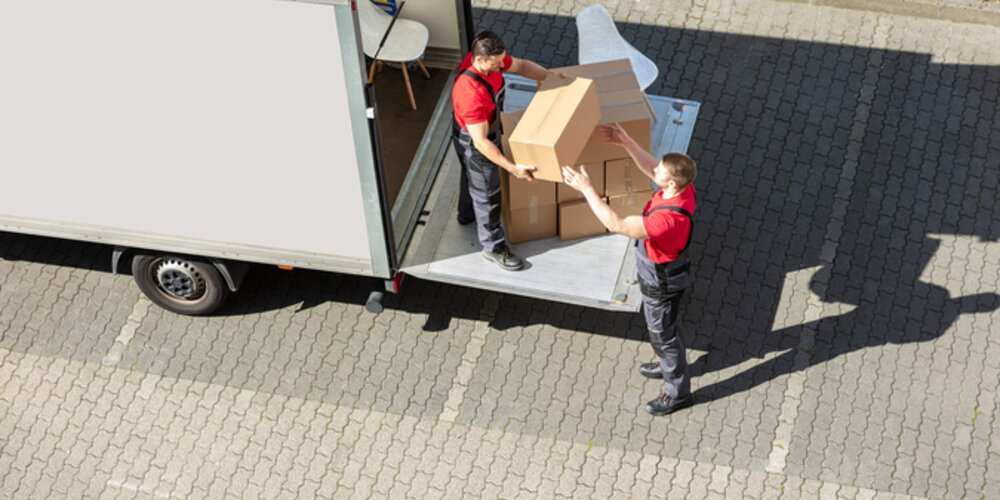TT Talk - Working at height

Working at height remains one of the biggest causes of fatality and major injury in the workplace. The common perception is that these relate to falls from ladders or through fragile surfaces, where workers are far from the surface below. This is not always the case however.
In the United Kingdom ‘working at height’ is defined in the Work at Height Regulations 2005 (WAHR) as work in any place where, if there were no precautions in place, a person could fall a distance liable to cause personal injury.
There is typically no specific minimum height from which the applicable regulations apply and each jurisdiction will have its own requirements. Similarly, the need for fall protection equipment varies.
In the United States, the Occupational Safety and Health Administration (OSHA) requires that fall protection be provided at elevations of four feet in general industry workplaces, five feet in shipyards, six feet in the construction industry and eight feet in longshoring operations.
Entities need, therefore, to be familiar with what local regulations prescribe in each location where they operate when assessing this risk.
A UK case study
It might come as a shock to hear that a man died falling 1.5 meters (just less than 5 feet) from within a standard shipping container sited on a road trailer.
The deceased worker was inside an open top container with the rear doors open, preparing access for an overhead crane to remove the cargo of steel girders. The worker fell from the container because the rear doors of the unit were open. An investigation by the Health and Safety Executive (HSE) found that, although the company had various generic risk assessments and safe working method statements, it had not put in place simple control measures to prevent or mitigate a fall from the rear of this container. It also failed to carry out a suitable or sufficient risk assessment for this specific work activity.
The magistrates Court fined the company £200,000 and awarded legal costs of £15,322 against the firm. The penalty could have been far greater and potentially unlimited.
The case highlights a key issue – many haulage firms and warehouse operations may not view work at the back of an open trailer or container on wheels as a ‘working at height’ activity. Further, it draws attention to the need for thorough safety mitigation and planning for these risks.
Many haulage firms and warehouse operations may not view work at the back of an open trailer or container on wheels as a ‘working at height’ activity
Mitigation recommendations
Protecting the workforce is a priority; taking actions such as the following also protect companies and directors.
- Avoid work at height where it's reasonably practicable to do so;
- Where work at height cannot be easily avoided, take action to prevent falls, such as by using appropriate fixed or mobile structures with guard rails;
- Where the risk cannot be eliminated, take steps to minimise the distance and consequences of a fall, for example, deploying fall arrest systems.
The UK HSE have a helpful starting point.
Seven-steps to a safe system of work1
1. Conduct a working at height risk assessment
As with any work activity, it is vital to conduct a thorough risk assessment.
Ensure all risks are considered, going through the list of tasks that each worker completes in a typical week and consider the hazards faced during each one. Where possible, those undertaking the task should have an opportunity to read the risk assessment, and provide input prior to it being finalised.
2. Implement working at height training
Working safely at height requires workers to be properly trained and educated on the risks.
Once initial training is complete, it is recommended that refresher training be conducted at least every five years. Anyone regularly undertaking the same task, is at risk of going into ‘auto-pilot’ mode. This can result in complacency and more risky decisions.
To reduce complacency, workers should frequently be reminded of the risks faced by their routine tasks.
3. Invest in personal protective equipment (PPE) for working at height
The required PPE should be identified through the risk assessment process.
Some forms of protective equipment to consider are:
- Collective protective equipment (CPE) such as scaffolds or fixed guardrails
- Personal protective equipment (PPE), including safety harnesses and helmets
- Smart PPE (or PPET), being technology designed to raise an alarm for help should a fall take place
Once the necessary forms of safety equipment have been identified, it is essential to choose the right piece for each job, provide training in the use of the equipment, and monitor use and condition.
4. Complete safety equipment maintenance
Once the correct hardware is in place, maintaining its condition is vital. Anyone checking the equipment must understand what they are looking for, be able to identify what is cause for concern and be aware of the remedial steps to take.
By way of an example, a failure to maintain a crane’s walkway access panel led to the fatality of an electrician. While repairing wiring on a large overhead gantry crane, an access panel gave way, causing him to fall eight meters to the ground below. The company was fined £1.5 million.
5. Implement a personal safety system
Working at height may be done alone, with the result that help could be hard to obtain and the worker may be unable to raise an alarm themselves. Having a personal safety device with a fall detection feature ensures that an alarm is raised automatically should a worker fall.
6. Update and review your procedures
Procedures should be reviewed and updated as necessary at least every 12 months or following an incident to reflect what has been learnt and the steps that are being taken to prevent it from recurring.
7. Record everything
It goes without saying that if an incident/accident occurs, being able to evidence all steps taken to plan for, manage and address risk is of paramount importance. Simply from a good practice stand-point, records of risk assessments, updates, training and meetings are essential.
If an incident/accident occurs, being able to evidence all steps taken to plan for, manage and address risk is of paramount importance
We gratefully acknowledge the assistance in the preparation of this article of Tristan Harwood, Barrister, Thomas Miller Law.
1Acknowledging sources such as https://peoplesafe.co.uk/blogs/9-vital-tips-for-working-safely-at-height/
-
If you would like further information, or have any comments, please email us, or take this opportunity to forward to any others who you may feel would be interested.
Documents
TT Talk 289 Chinese Translation (780 kB) 19/08/2022
- Author
- Peregrine Storrs-Fox
- Date
- 02/08/2022





